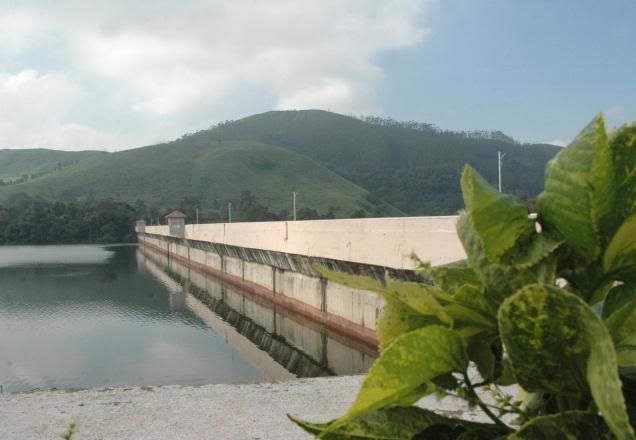
Every single Malayali is now concerned about Mullaperiyar dam all in a sudden, though the dam has been in (alleged) danger for many years. The proposition from the Keralam side is to lower the water level, decommission the existing dam and build a new one. Why? Because Keralam fears that the dam cannot take a major earthquake and it could cost the lives of people in four districts of Kerala. But the process of building a new dam will take a few years and it remains unclear what guarantee the government will provide that an earthquake during this time will not happen or will not effect the people living in the surrounding towns. Which leads to the question, is the dam really in danger? If so, are the measures being proposed now enough to take care of the threat? Or are there any other motives behind the Keralam proposition? Keralam has also made a ‘generous’ offer to build a new dam at it’s own cost and still provide water to Tamil Nadu (which will transfer the control of the ownership, operation and maintenance of the new dam and it’s surrounding areas from Tamil Nadu to Keralam).
On the other hand, Tamil Nadu claims that the dam is in good shape and it can live longer. World over people are talking about decommissioning dams older than 40-50 years but Tamil Nadu politicians believe that it is not yet time for this 116 year old dam, built with limestone and surki, to rest in pieces. Commonsense would tell us that if not now, a new dam will have to be built sooner or later because this already 116 yrs old dam cannot survive the 999 years of the lease period. Tamil Nadu says that the safety of dam is an important matter to them also, because a burst of dam would affect the irrigation, agriculture and the lives of Tamilians. They also fear that if the new dam and it’s ownership is transferred to Keralam, they may not provide water to them.
But what does the common man learn from the whole issue? Ultimately, the issue of Mullaperiyar is not really about water or the dam’s safety but the ownership of the land. Currently, the ownership of the dam and it’s surroundings belong to the public works department of Tamil Nadu government though the area is in Kerala. Keralam had a good chance to claim it’s ownership of the dam and it’s surroundings when the lease agreement was renewed in 1970. We also had a chance to demand timely revisions of tax/lease rates per acre that Tamil Nadu has to pay. But the short-sightedness, or short-term interests of the government and officials in Keralam back then resulted in the current situation. It is only ourselves (or our politicians) to blame than the neighbor.
So what resolutions can be made now? A political resolution is most unlikely to turn out to be in favor of Keralam because Tamil Nadu has better political negotiation power in the center. Even though Keralam has a couple of Congress ministers in the center, it will be stupid to expect the UPA government to intervene against the interests of both Karunanidhi and Jayalalitha as regional political parties play a big role in the coalition politics in India. If safety is the concern, Keralam should wait for the report of five-member committee appointed by Supreme Court and act accordingly. Meanwhile, we should take measures to handle an emergency situation in the area. If the water supply is the concern to Tamil Nadu, they should ensure the supply through a legal pact with Keralam while making sure of the safety of people and timely decommissioning of the dam. Or if ownership is the real issue behind all this, both states should make it clear and file their claims in the court.
Right now, it doesn’t seem both sides are being honest in their stance.
(Photo courtesy: The Hindu)